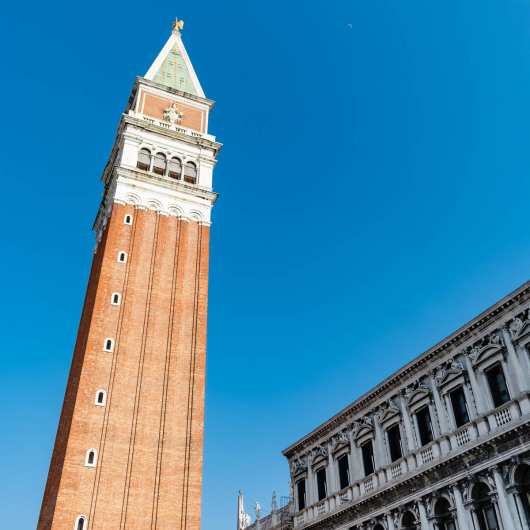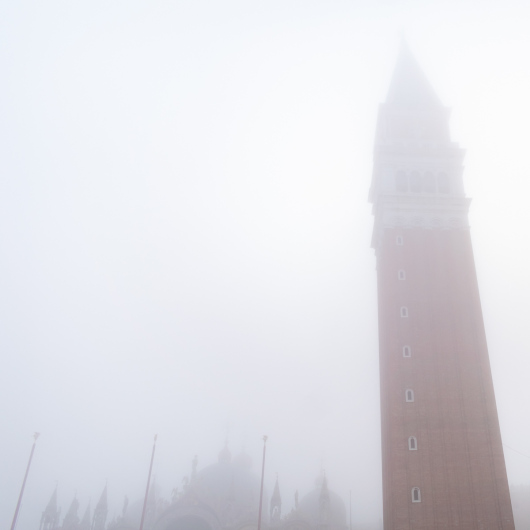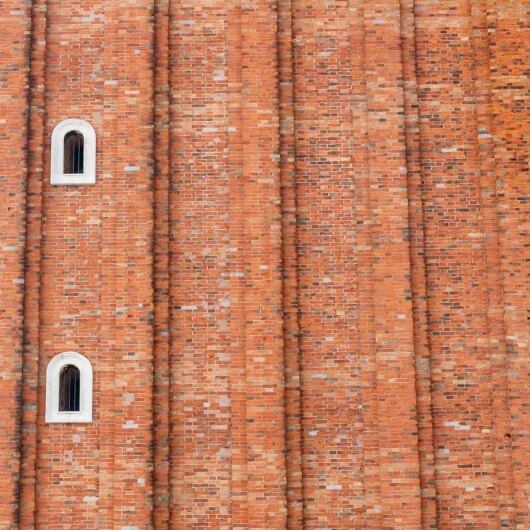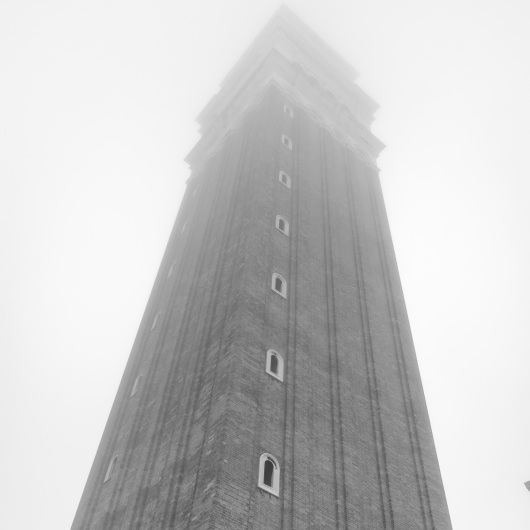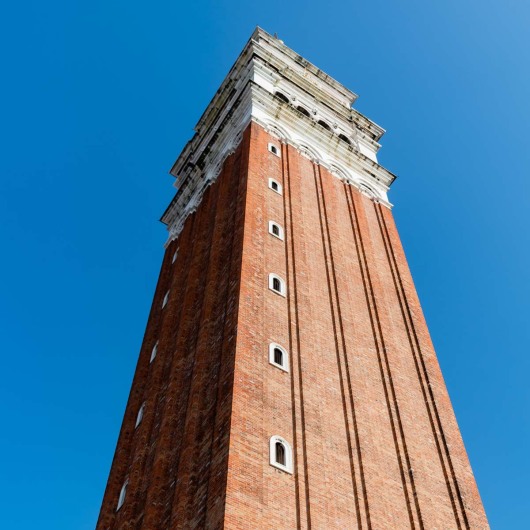St. Mark's Campanile
St. Mark’s Campanile soars, whispering Venice’s timeless stories skyward
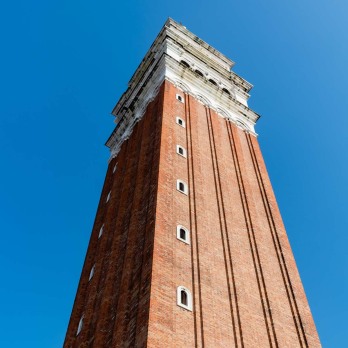
How to Get There
St Mark’s Campanile is located in Piazza San Marco, Venice’s central square, right in front of St Mark’s Basilica and next to the Doge’s Palace near the waterfront.
You can reach it by Vaporetto (Lines 1 or 2) stopping at San Marco-Vallaresso or San Zaccaria, by walking from nearby spots like Rialto Bridge, or via a direct water taxi.
Dramatic History
St Mark's Campanile, originally a watchtower and lighthouse from the 9th to 12th centuries, was restored in Renaissance style by Giorgio Spavento in 1513 and stands 98.6 meters tall today.
It collapsed in 1902 but was rebuilt exactly the same way by 1912.
It is Venice's tallest building and inspired other notable bell towers, including Pisa's.
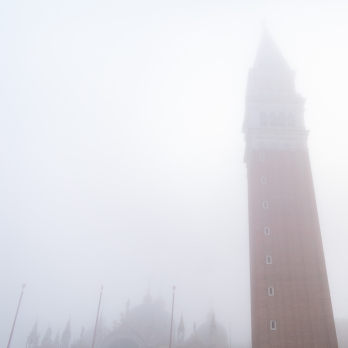
Unique Venice Highlights
The Campanile's 360-degree terrace provides breathtaking views of Venice, the lagoon, and the distant Alps. Its plain brick design contrasts with the basilica's elaborate flair. It houses five historically noteworthy bells, which were used for work, executions, and government calls.
A golden Archangel Gabriel statue stands above, whirling with the breeze and adding to its particular appeal.
Best Visit Times
Visit early (9-10 a.m.) for fewer crowds and better photo lighting. The late afternoon (after 4 p.m.) provides breathtaking sunset views. Avoid noon (11 a.m.-3 p.m.) owing to huge crowds.
Spring and October offer excellent weather and moderate visitor numbers.
Summer is hot, with long lines, but winter offers short lines but possible fog, obscuring vistas.
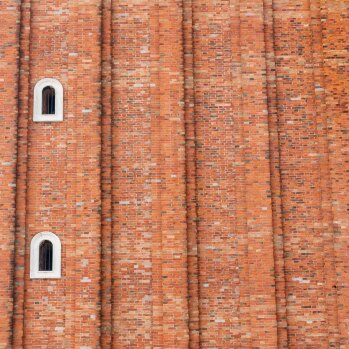
Visitor Tips Overview
The Campanile now has a modern elevator for easy access. Space at the top is limited, causing tight crowds on the small balcony.
Large bags aren’t allowed, though small backpacks are fine. Weather affects visibility—fog or rain can block views—so plan accordingly when visiting this iconic tower.
Nearby Attractions
Visit St Mark's Basilica and the old Doge's Palace, both located near the Campanile.
For a complete Venetian experience, visit the Bridge of Sighs from the tower, stroll through the Procuratie Vecchie and Nuove arcades with cafes like Caffè Florian, and enjoy the picturesque waterfront promenade on Riva degli Schiavoni.
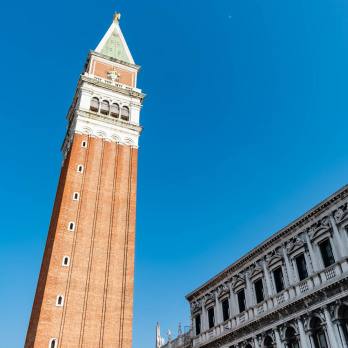
Cultural and Heritage Significance
The Campanile is an icon of Venice that appears on postcards and in films.
Historically, it functioned as a watchtower, bell tower, and even a medieval torture chamber. Its renovation following the 1902 collapse exemplifies Venetian resilience. Since 1987, it has been recognized as a UNESCO World Heritage Site for Venice and its Lagoon due to its cultural and architectural significance.
Legends and Tales
Galileo is claimed to have demonstrated his telescope to the Doge from the Campanile in 1609. Only one cat was injured during the collapse in 1902. Locals think the golden angel weathervane is an omen, and that if it falls, Venice will face tragedy.
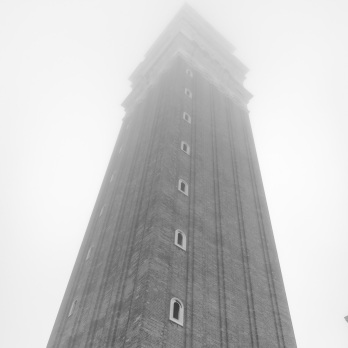
Artistic and Cultural Influence
The Campanile has appeared in several films, including The Italian Job, Casino Royale, and Spider-Man: Far From Home.
It has influenced writers including Henry James, Thomas Mann and Donna Leon.
Renowned Venetian painters such as Canaletto have also caught its picture, emphasizing its long-standing significance in literature, cinema, and art.
Accessibility and Facilities
The Campanile is a family-friendly destination, with children enjoying the elevator ride and views. It is accessible to the elderly via elevator, but the top balcony can be windy.
Those with severe vertigo should use caution. There is an elevator and a tiny gift shop on-site, but no restrooms—the nearest are in Piazza San Marco.







